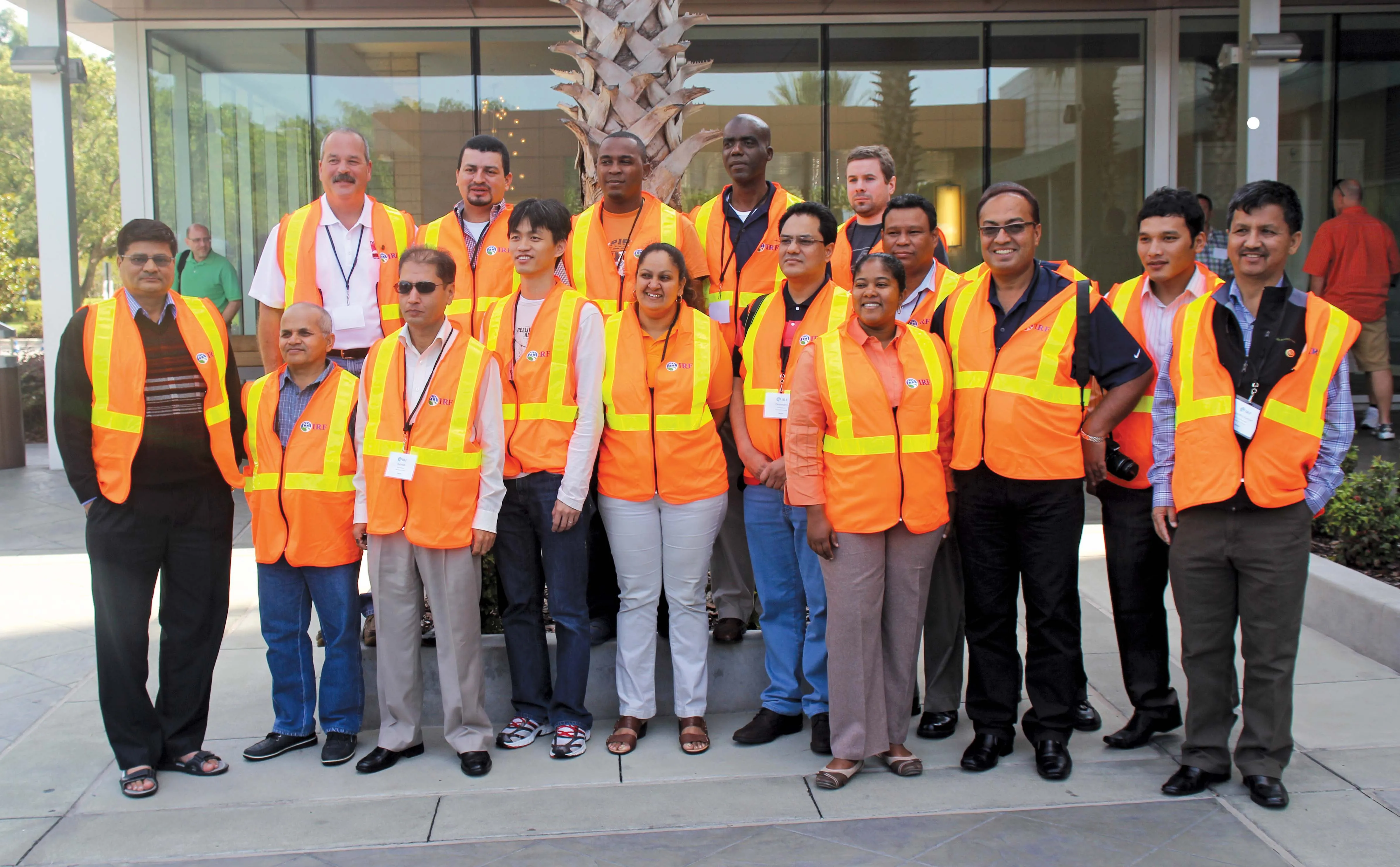
The Safer Roads By Design: Across Six Continents Seminar is one of the most comprehensive road safety training programs in the world. Experts from a variety of countries will present best practices and state of the art technologies in roadside safety, work zone safety, vulnerable user safety, traffic management and road safety audits over a 10 day period.
Attendees of the seminar will be exposed to all aspects of roadside safety, learn how to design a safe work zone, understand issues facing pedestrians and other vulnerable road users, and comprehend all the steps involved to organise an effective road safety audit.
“It is difficult to believe that anyone would intentionally design an unsafe new road and it is even more difficult to believe someone is willing to pay for an unsafe new road. In fact, it is impossible to justify a conscious decision to build an unsafe road, yet it is happening time and time again around the world,” according to Mike Dreznes, executive vice president of the International Road Federation.
“We believe these new unsafe roads are being designed and built because national standards are out of date and/or road authorities and design engineering consulting firms are unaware of today’s safety best practices and state of the art safety technologies. In response, the IRF has created a complete and comprehensive world-class safety-training program designed to leave a lasting impression on attendees.
More information: Magid Elabyad, [email protected]








